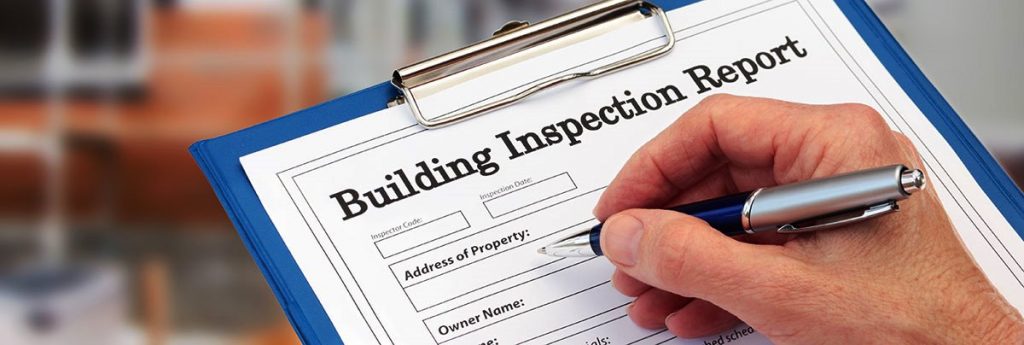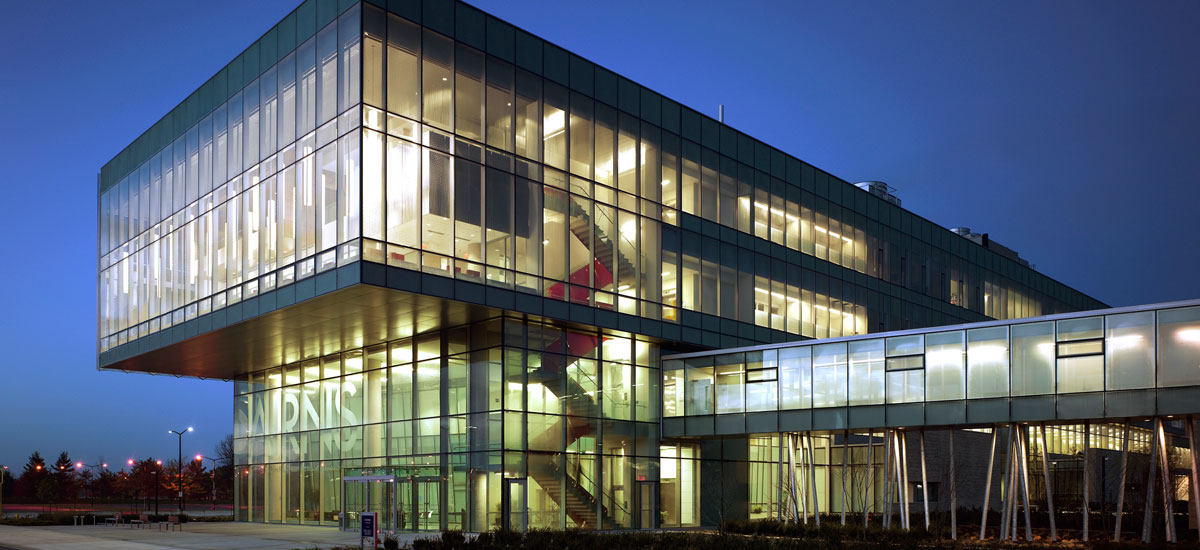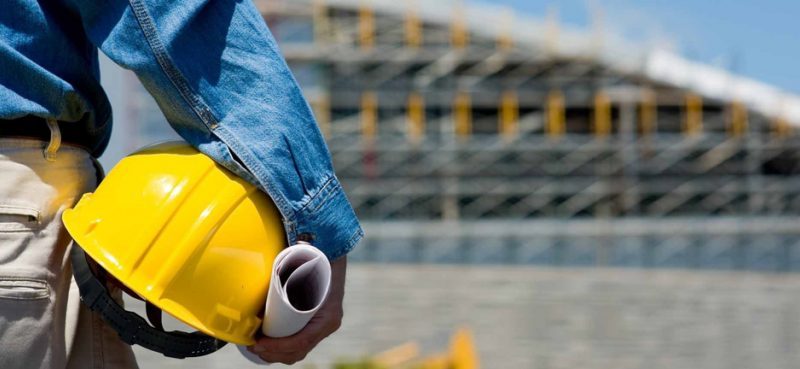The Building Inspection usually generate controversy in the civil construction. Being done the right way, they can bring numerous advantages to industry professionals and companies, such as increased productivity and agility at the construction site.
If your company does not carry out building inspection, it is time to start paying attention to it. Here are 6 advantages of building inspections and tips on how to do them effectively:
How are Building Inspections made?
In general, there are two main types of Building Inspections. In scheduled inspections , the service or employee targeted by the inspection is selected and notified in advance.
This gives project leaders more time to prepare. Selection is based on various criteria, such as location, urgency or risk of accidents during execution.
Already in inspections , the responsible professional can get a more candid view of the construction site, but can also do an inefficient inspection due to the random nature of the procedure.
In general, Building Inspections create more “noise” among employees as they are taken by surprise and have no time to prepare for scrutiny.
In both cases, time is a vital element for the success of the inspection. In addition, special attention to detail is mandatory for inspectors to reach effective conclusions.

1. Work safety
The attention that inspectors invest in safety is a great advantage for construction. Building Inspections are critical to the development of field safety standards and ensure that all employees are using collective and individual safety equipment (EPC and EPI) and that the conditions of the construction site are adequate for the performance of the services.
2. Risk Identification
Along with the above point, risk identification is one of the main purposes of site inspections. Therefore, in order for the Building Inspection to be successful, it is necessary to be fully aware of the risks and hazards on the spot, and from there to coordinate initiatives to protect workers and prevent accidents.
3. Focus and productivity
Building Inspections may be inconvenient, but they help employees on the job site be alert to what they are doing. In other words, this means they are more focused and more focused on their activities, which also increases productivity.
4. Constructive quality
Building Inspections often have a very positive impact on the constructive quality of projects. This control makes it possible to maintain the high level of services performed, from structures to finishes. With more frequent and higher quality inspections, the chances of future customer complaints and lawsuits decrease.
In short, the higher the quality, the higher the profit for the builder or company responsible for the project.

5. Greener buildings
Last but certainly not least, there is also a beneficial impact of Inspections on the environment, helping companies to follow the standards imposed by legislation.
Some items that can be traced by inspections are water use, waste disposal, the level of waste and material waste, which together represent a good portion of the resources invested by the construction company.
6. Progress Documentation
Another advantage of Building Inspections are that they can also be used as a follow-up to the progress of the work. The person in charge can take photos, take notes, check the progress of the services and document everything in a specific tool, where it is easy to find important information and make comparisons between what was noticed in different Building Inspections.








